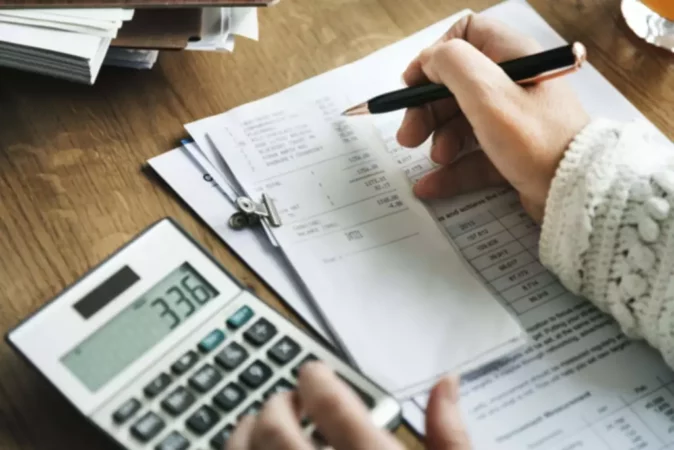Content

A contingent liability is a potential liability that may occur in the future. Companies can face the potential for future liabilities if they are in litigation or if they have issued product or service warranties that would need to be honored in the future. Contingent liabilities are not included on a balance sheet, but when such liabilities are deemed likely to occur and can reasonably be estimated, companies are expected liability accounts to mention them in financial reports. Liabilities are one of 3 accounting categories recorded on a balance sheet, which is a financial statement giving a snapshot of a company’s financial health at the end of a reporting period. If one of the conditions is not satisfied, a company does not report a contingent liability on the balance sheet. However, it should disclose this item in a footnote on the financial statements.
These liabilities have the potential to reduce profit generation for the company. Liabilities are recorded on a company’s balance sheet along with assets and equity. These are recorded on a company’s income statement rather than the balance sheet, and are used to calculate net income rather than the value of assets or equity.
Balance Your Assets and Liabilities for a Healthy Business
Liabilities, on the other hand, decrease the overall value since they are deducted from the business’s revenue. Liabilities exist because there are obligations between two parties. In this case, your business has an obligation to do something for or to give something to another person or entity. For example, businesses have the obligation to pay their employees just compensation. Hence, businesses are liable to pay salaries and wages to their employees after the employees have performed their duties.

Accountants should note possible contingent liabilities in the footnotes of the company’s financial statements, though. Long-term liabilities – these liabilities are reasonably expected not to be liquidated within a year. They usually include issued long-term bonds, notes payable, long-term leases, pension obligations, and long-term product warranties. The liabilities component of the balance sheet helps businesses increase their value creation and organize business operations processes. They also help create capital structure and give a snapshot of the liquidity of the company.
Balance Sheet Outline
Overdrafts, short term line accounts, short term advances from financial organizations are also included in the short term debt. Current liabilities – these liabilities are reasonably expected to be liquidated within a year. Liabilities in accounting are categorized depending on when they are due or must be paid. The two main types of liabilities are short-term liabilities and long-term liabilities.
- Knowing your business inside out determines your success as a business owner.
- The flip side of liabilities is assets — resources the company uses to generate income.
- For a bank, accounting liabilities include a savings account, current account, fixed deposit, recurring deposit, and any other kinds of deposit made by the customer.
- You’ll need to make extra money to pay off this long-term debt.
- But if you dig deeper, you may come across some things you didn’t know are assets or liabilities.
- Natural resources, oil, timber, coal, mineral deposits, and quarries are all examples of wasting assets.
Learn the definition of a liability and understand how it differs from assets. Similarly, a checking account that would normally be classified as a current asset except that is showing a credit balance would be shown as a short-term debt to the bank. When you borrow funds, you’ll have to pay interest to the creditor.
Join over 140,000 fellow entrepreneurs who receive expert advice for their small business finances
In a contract, you agree to give or to do something for another person. If you don’t fulfill your obligations, the other person can sue or ask for damages. Take note that paying taxes is a legal obligation, which is unavoidable.
Once liabilities are paid, they become expenses and are no longer included on a balance sheet. Non-Current Liabilities AccountingThe most common examples of Non-Current Liabilities are debentures, bond payables, deferred tax liabilities etc. Non-Current Liabilities are the payables or obligations of an entity which might not be settled within twelve months of accounting such transactions.
Liabilities In Accounting Explained
In simple terms, having a liability means that you owe something to somebody else. However, there is a lot more to know about liabilities before you can say you know what the word “liability” means in corporate finance. The office space is an asset—you now have a proper business address that may attract more customers. Liability can also have short-term and long-term components—for example, long-term loans.
